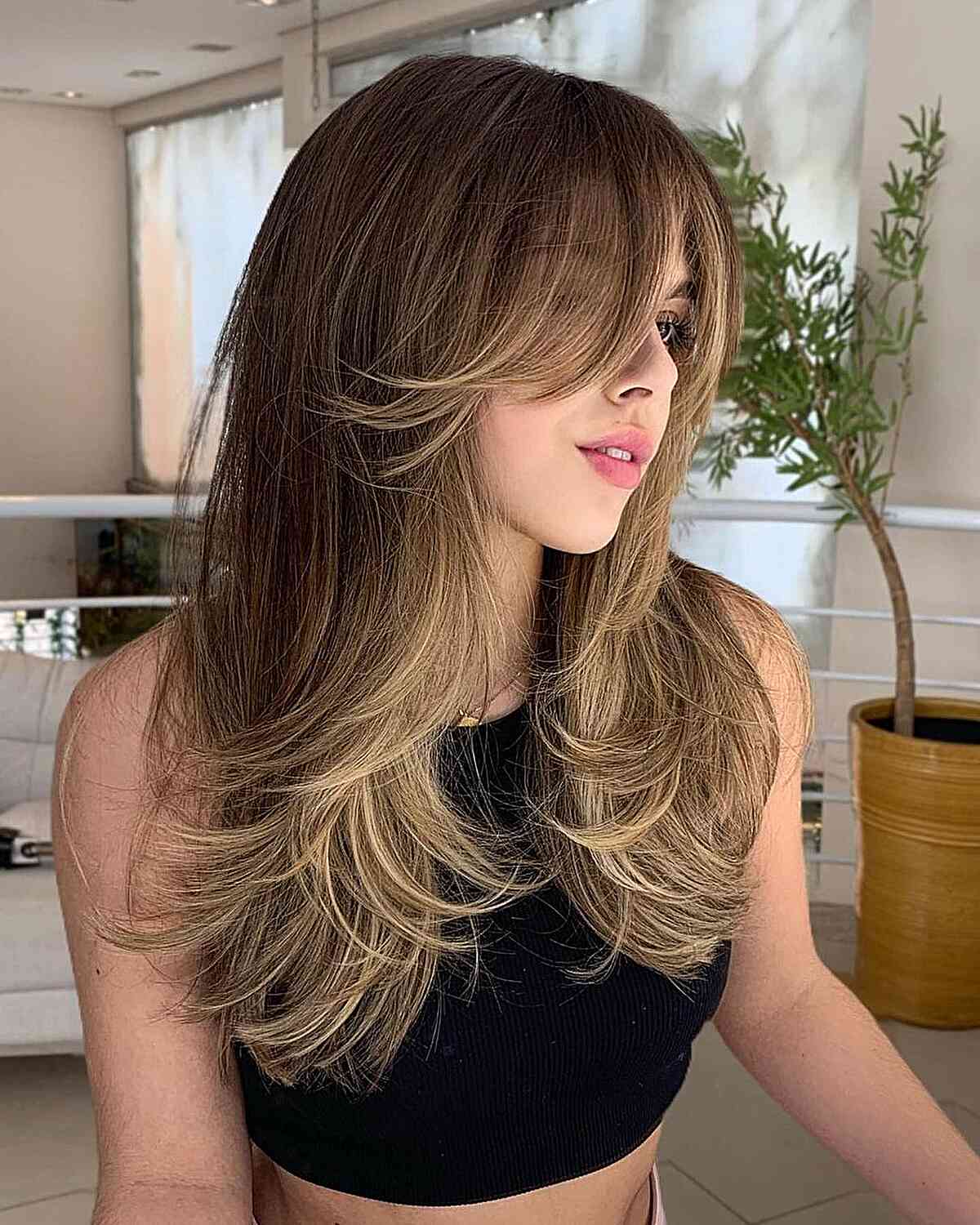Introduction
Hair coloring is a creative and transformative process that allows individuals to express their style and personality. To achieve stunning and harmonious hair colors, it’s crucial to understand the hair color wheel. In this comprehensive guide, we will explore the fundamentals of the hair color wheel, its significance in hair coloring, and how to use it effectively.

1. The Basics of the Hair Color Wheel
The hair color wheel is a visual representation of how different hair colors relate to each other. It’s based on the principles of color theory, which helps colorists and hairstylists create balanced and visually appealing hair color combinations. The wheel consists of primary, secondary, and tertiary colors.
2. Primary Colors
In the hair color wheel, there are three primary colors:
- Red: This is the base color for warm tones.
- Blue: The foundation for cool tones.
- Yellow: The basis for neutral tones.
3. Secondary Colors
When primary colors are combined, they create secondary colors:
- Red + Blue = Purple: This is a cool-toned color.
- Blue + Yellow = Green: Also a cool-toned color.
- Yellow + Red = Orange: This is a warm-toned color.

4. Tertiary Colors
Tertiary colors are created by mixing a primary color with a neighboring secondary color. They can be warm or cool depending on the proportions:
- Red + Purple = Red-Purple (Cool-Toned)
- Blue + Purple = Blue-Purple (Cool-Toned)
- Blue + Green = Blue-Green (Cool-Toned)
- Yellow + Green = Yellow-Green (Warm-Toned)
- Yellow + Orange = Yellow-Orange (Warm-Toned)
- Red + Orange = Red-Orange (Warm-Toned)
5. The Importance of the Hair Color Wheel
Understanding the hair color wheel is essential for:
- Color Correction: When fixing hair color mistakes, colorists use complementary colors to neutralize unwanted tones.
- Creating Custom Colors: It enables colorists to create unique and personalized hair colors that suit their clients’ skin tones and preferences.
- Balancing Warm and Cool Tones: The wheel helps in achieving the desired warmth or coolness in hair colors.
6. Using the Hair Color Wheel
- Complementary Colors: Colors that are opposite each other on the wheel are complementary. For example, green is the complement of red. Using a small amount of the complement can neutralize unwanted tones.
- Analogous Colors: Colors that are adjacent to each other on the wheel create harmonious and subtle blends. For example, combining red, red-purple, and purple.
- Triadic Colors: These are three colors evenly spaced around the wheel, creating vibrant and contrasting combinations.

Conclusion
The hair color wheel is an invaluable tool for hairstylists and DIY enthusiasts alike. With a solid grasp of color theory and the relationships between colors on the wheel, you can confidently embark on your hair coloring journey. Whether you’re aiming for a classic look or pushing the boundaries with creative color combinations, the hair color wheel is your guide to achieving stunning and harmonious results.


